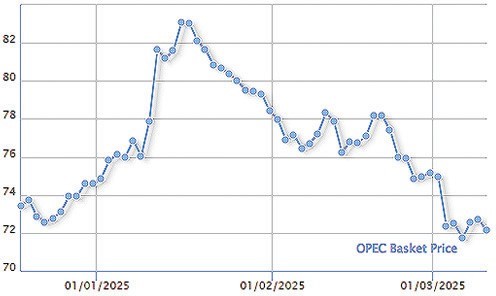September 06-13
by Warren L. Nelson
The Islamic Republic continues to avoid challenging the “red line” set last fall by Israeli Prime Minister Binyamin Netanyahu by holding down its stock of uranium enriched to 20 percent.
The latest quarterly report of the International Atomic Energy Agency (IAEA) confirms that Iran’s stock of the uranium is little unchanged from the previous quarter and far from Netanyahu’s red line.
Netanyahu told the UN General Assembly 11 months ago that he would not tolerate Iran having more than 250 kilos of 20 percent enriched uranium because that is sufficient to make one bomb and Iran could then rush to upgrade the 20 percent uranium to bomb-grade 90 percent in just weeks.
Many analysts have laughed at Netanyahu’s red line, saying that a single Iranian bomb provided little threat but would be a tremendous provocation that could bring the world down on the Islamic Republic’s neck.
While many analysts chuckle at Netanyahu’s logic, Iran seems to have taken his threat seriously and has begun reining in its stocks of 20 percent uranium to keep it under 250 kilos.
As the accompanying chart shows, Iran continues to enrich to 20 percent at the same speed as before (the dotted line). But it is converting ever more of that uranium into material for fuel plates in the Tehran Research Reactor (TRR) so that the total stock of 20 percent uranium available for bomb use is remaining well below 200 kilos (the solid line).
The latest IAEA report shows Iran has enriched to 20 percent a total of 373 kilos, but has on hand only 186 kilos. That is 27 percent below Netanyahu’s red line. It is also a mere 4 kilos more than three months ago.
Iran has not explained why it continues to divert most of its new 20 percent uranium to fuel plates. The TRR is already fully fueled and will not need more fuel for years. But continuing to divert uranium to fuel plates keeps Netanyahu at a distance.
The IAEA quarterly report shows that Iran has continued the rapid buildup of more IR-1 centrifuges, adding almost 2,000 in the last quarter for a total of 18,454 IR-1 centrifuges. This rapid buildup comes despite the fact that Iran recently began installing more advanced IR-2m centrifuges, that are believed to be anywhere from two to six times faster than the IR-1.
The Islamic Republic has not explained why it is suddenly expanding the number of IR-1 centrifuges now that it has the IR-2m. The number of installed IR-2m centrifuges grew from around 700 to 1,000 over the last quarter.
In other words, in the last quarter Iran installed more than six times as many IR-1 as IR-2m centrifuges. The more IR-1 centrifuges its builds, the fewer IR-2m centrifuges it will be able to build.




















